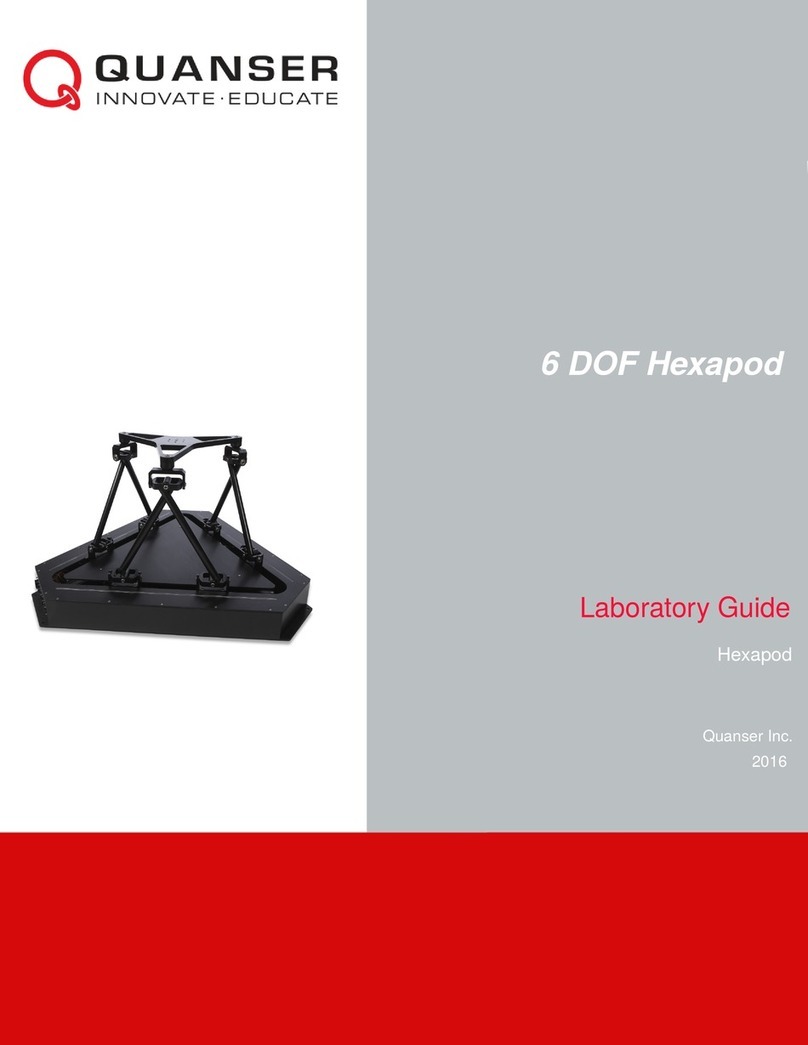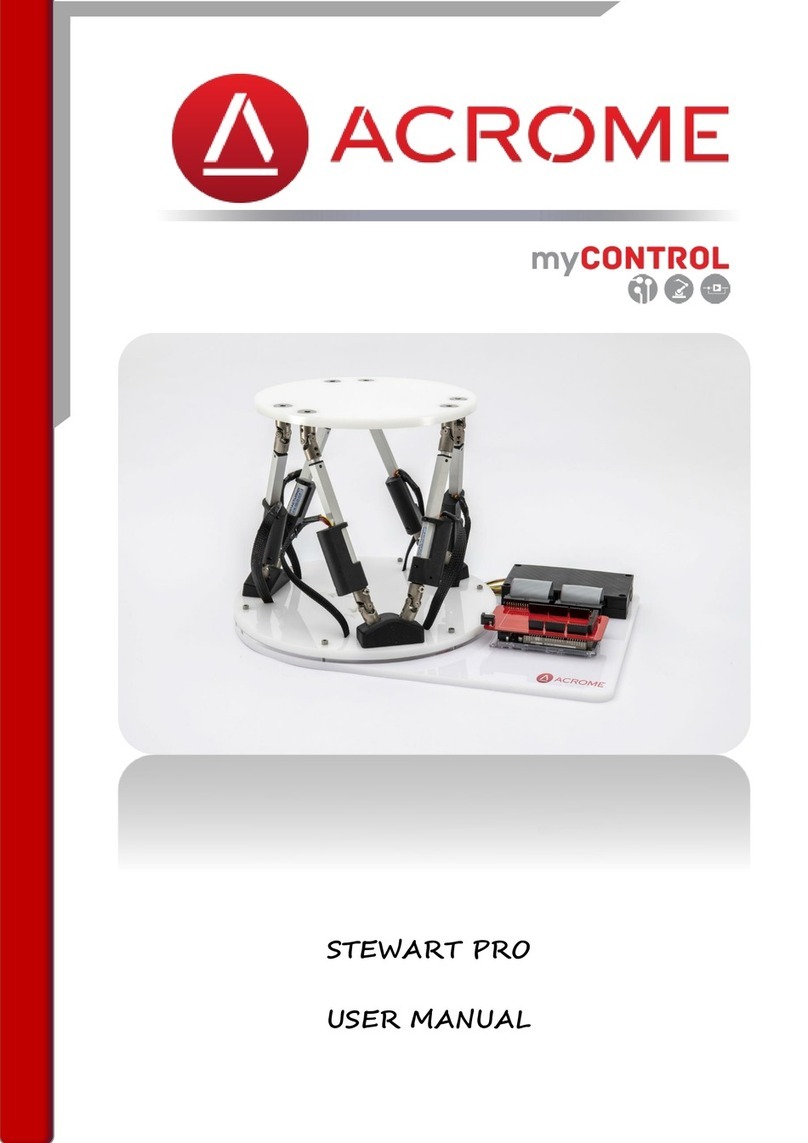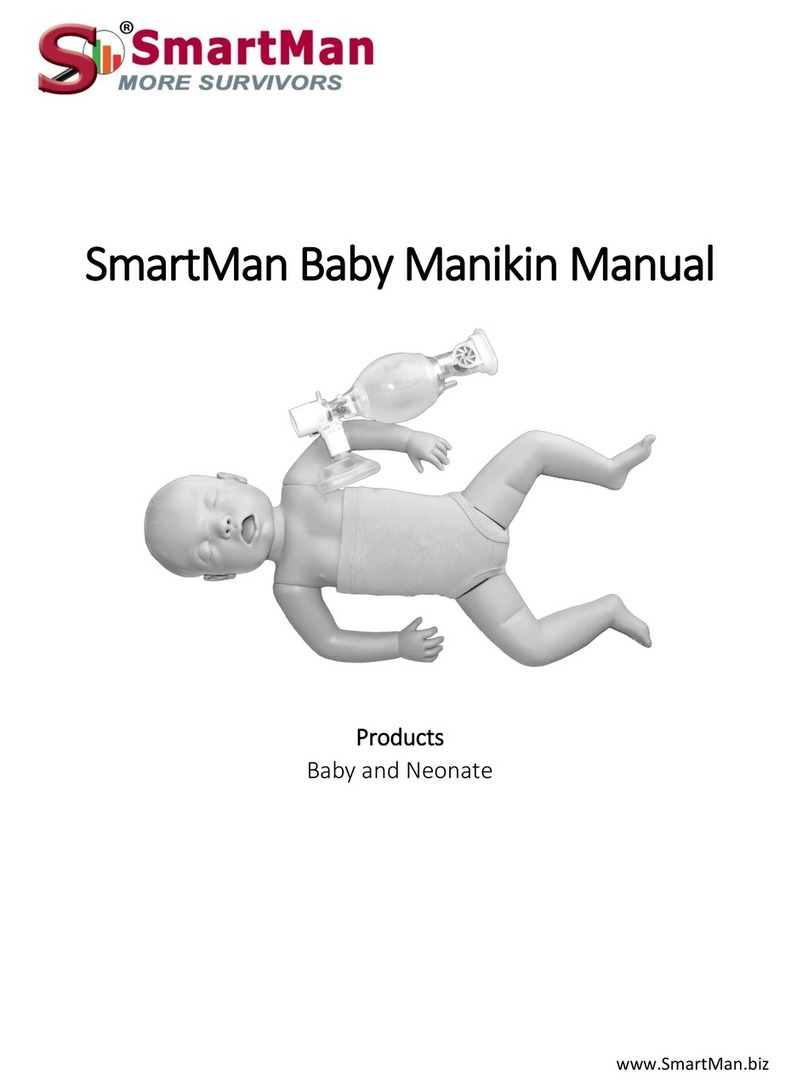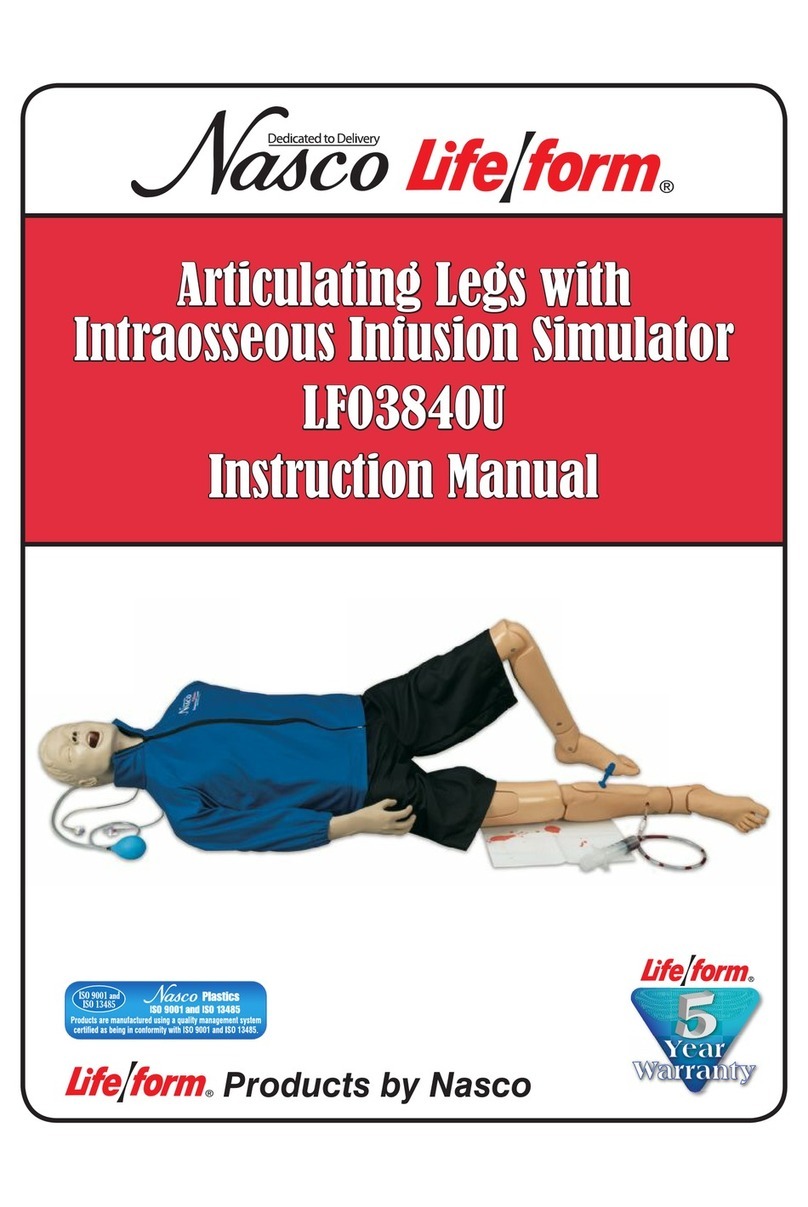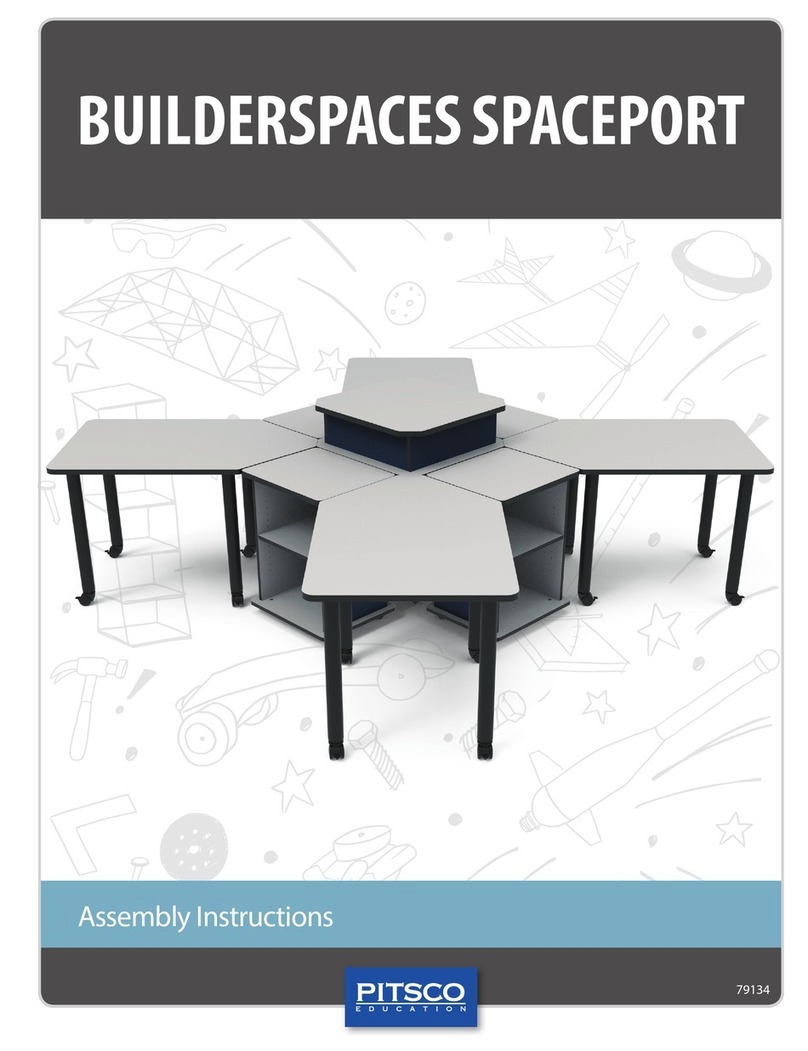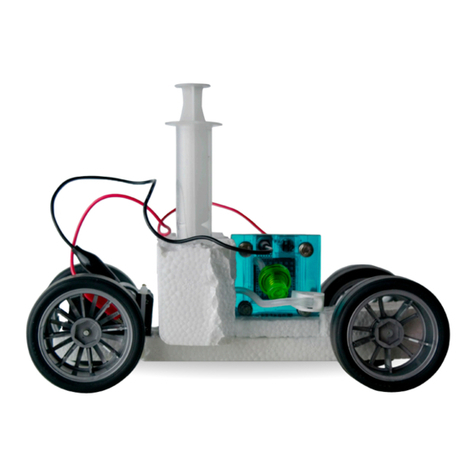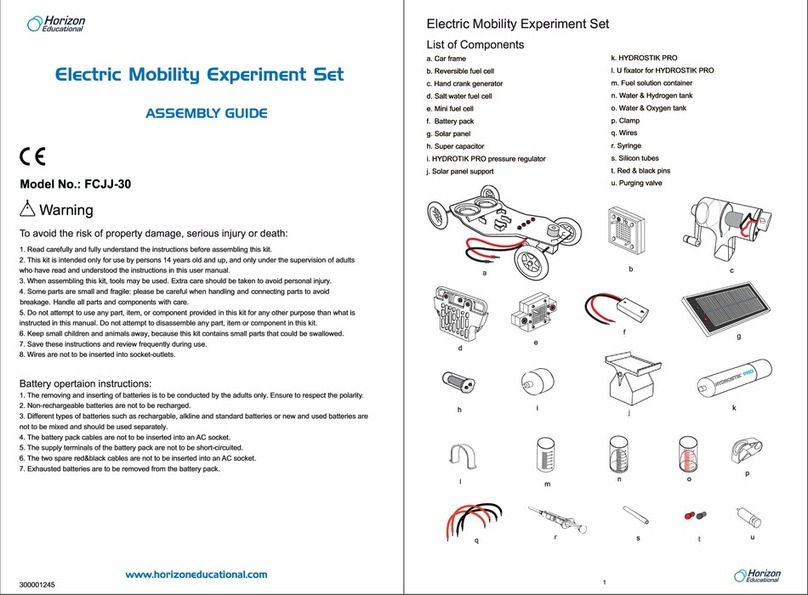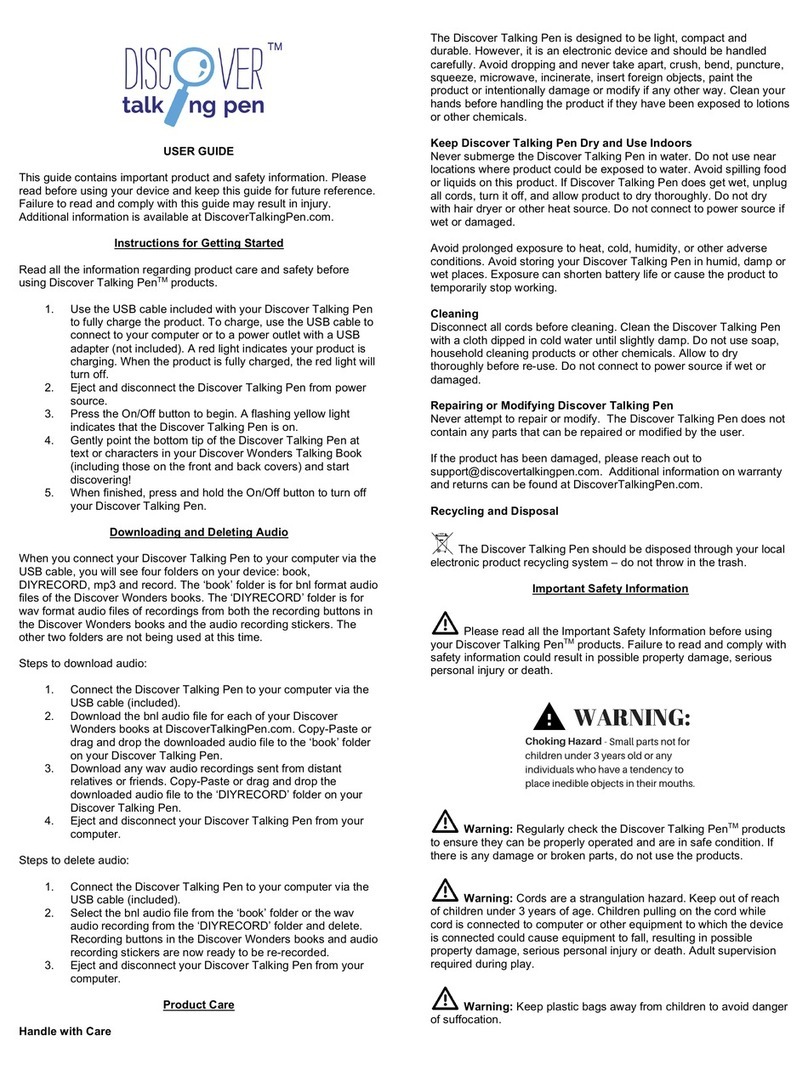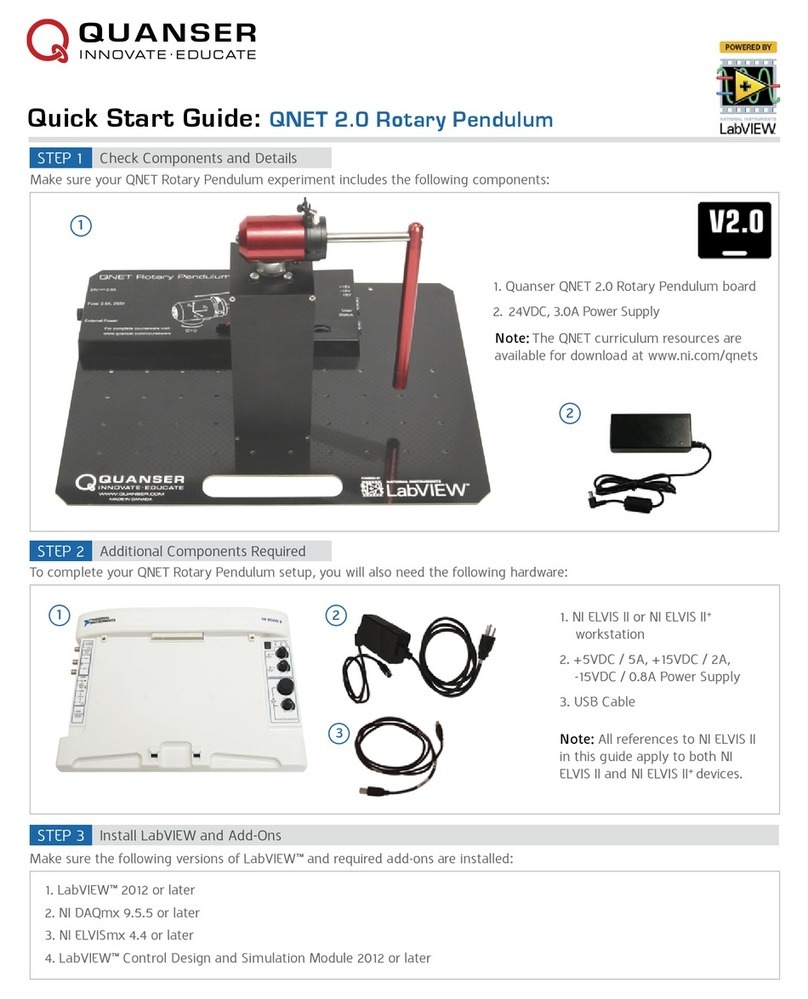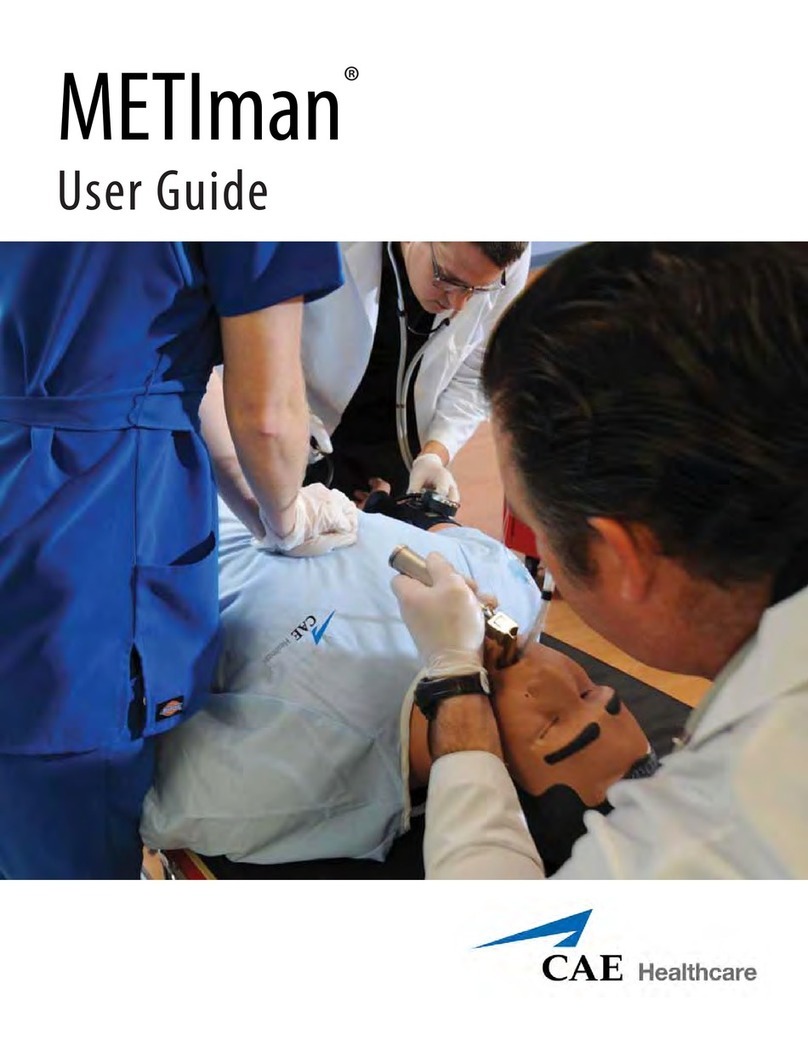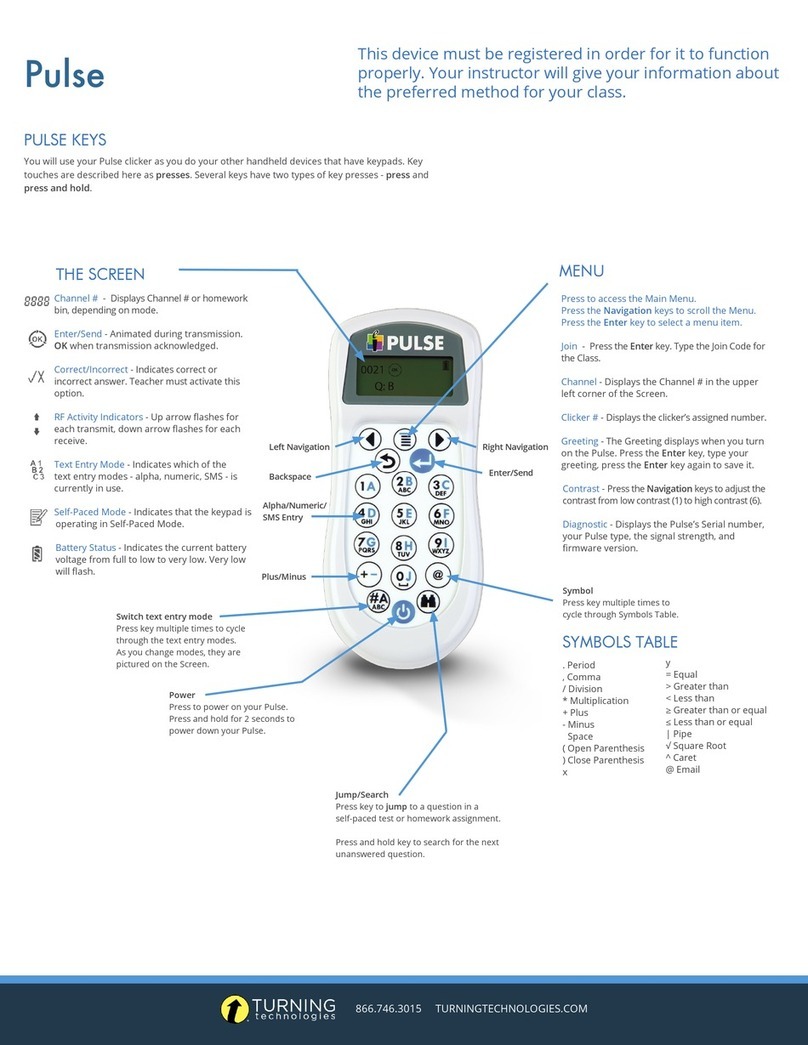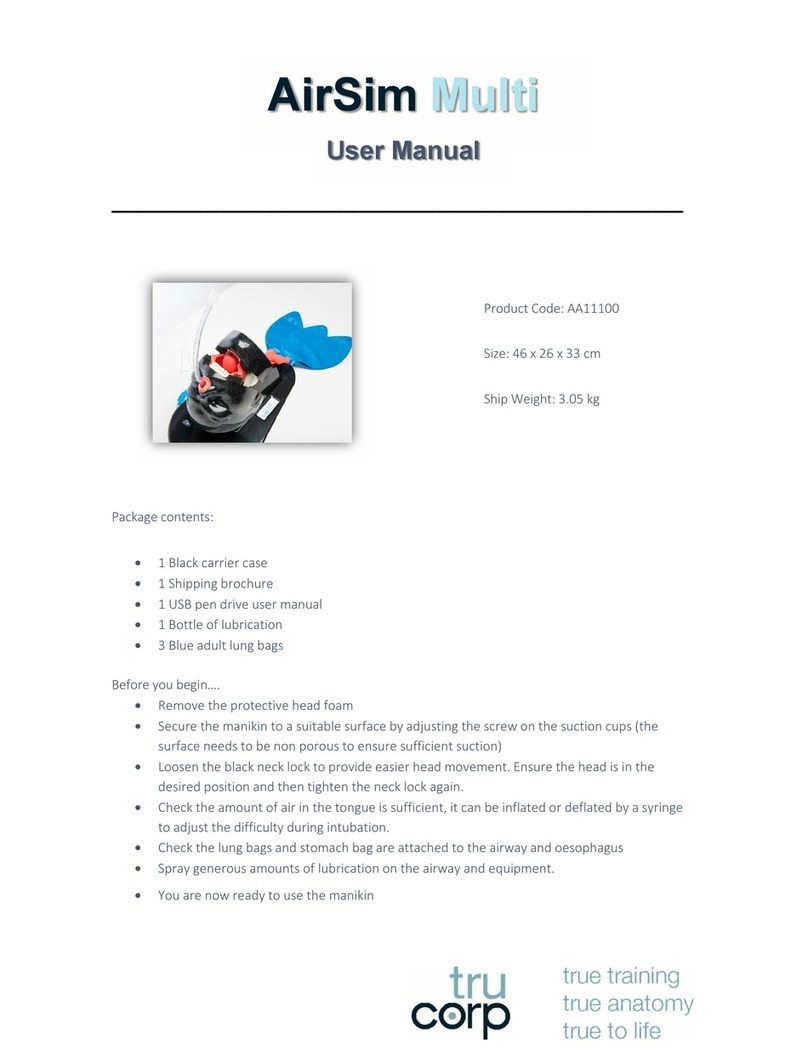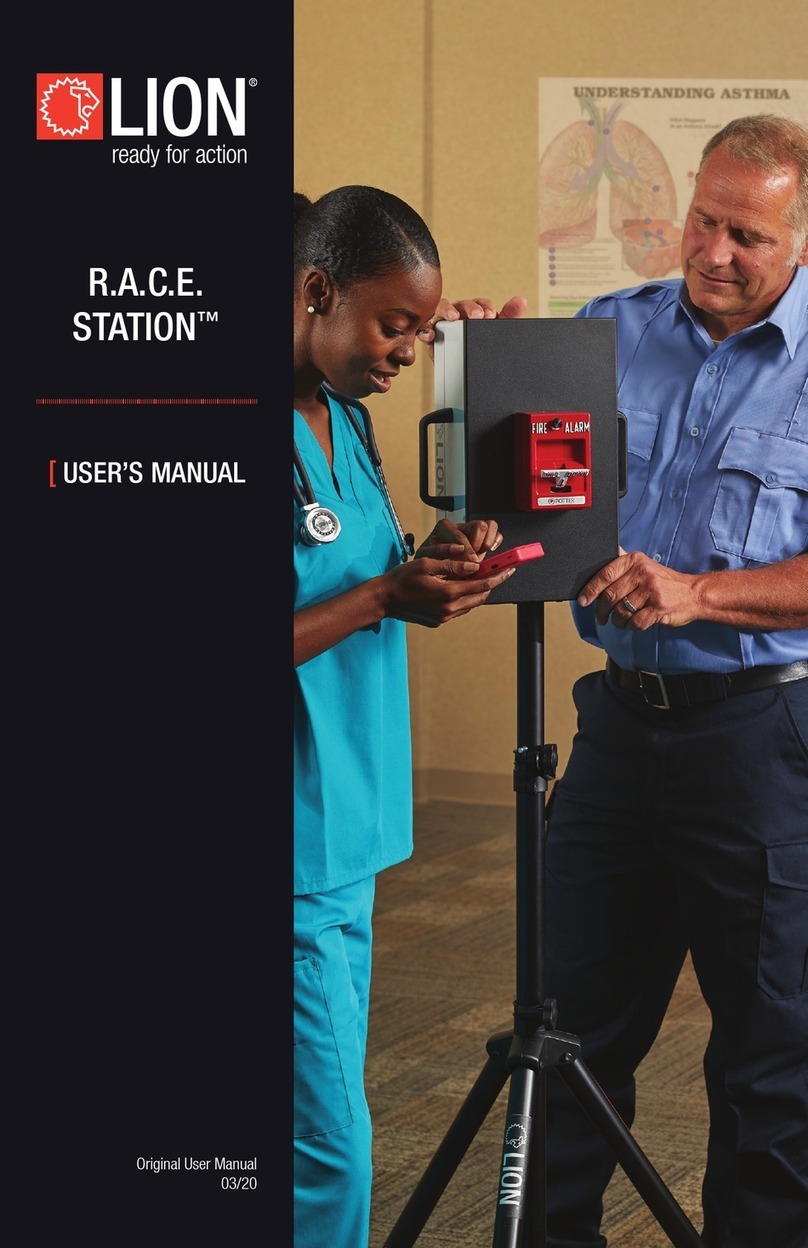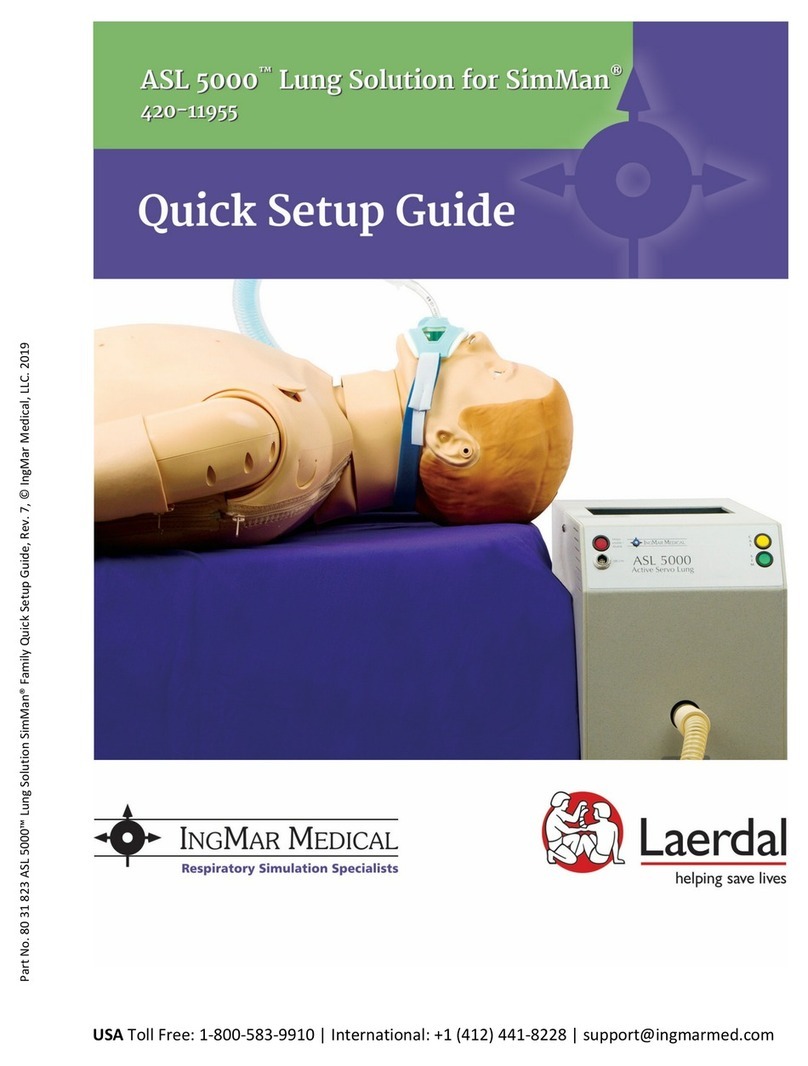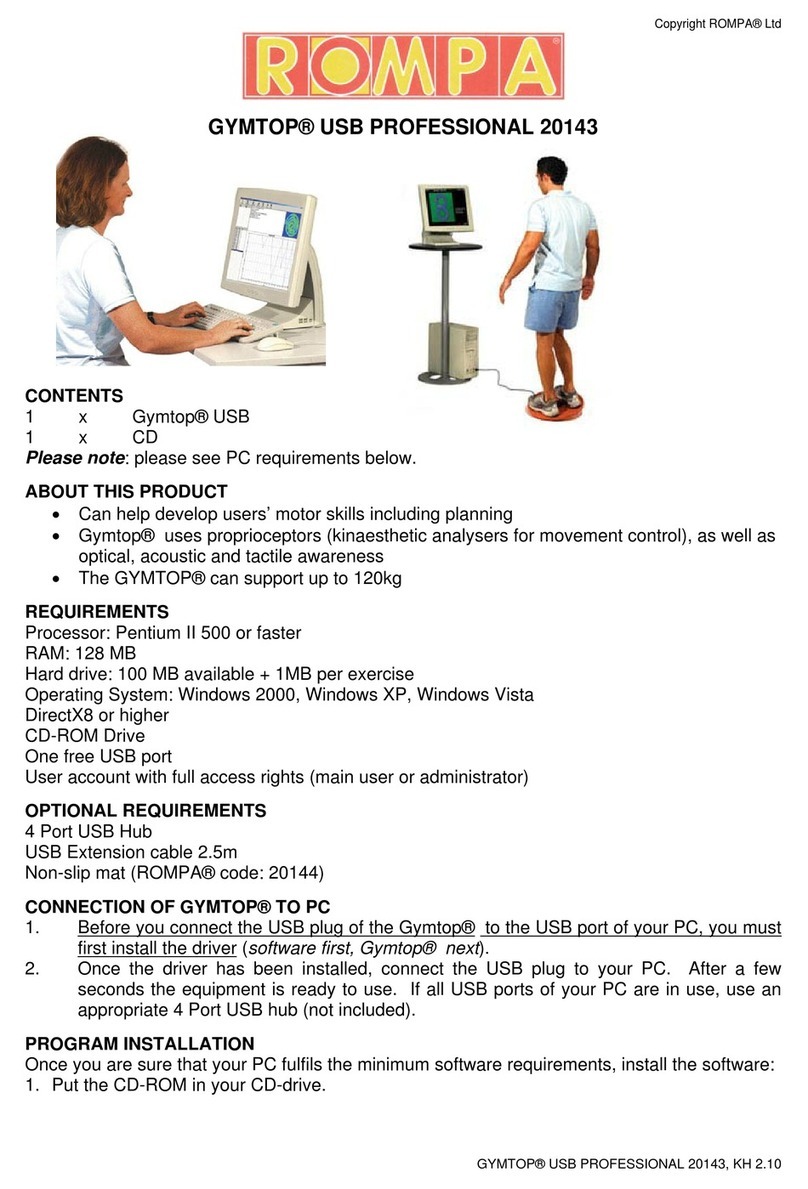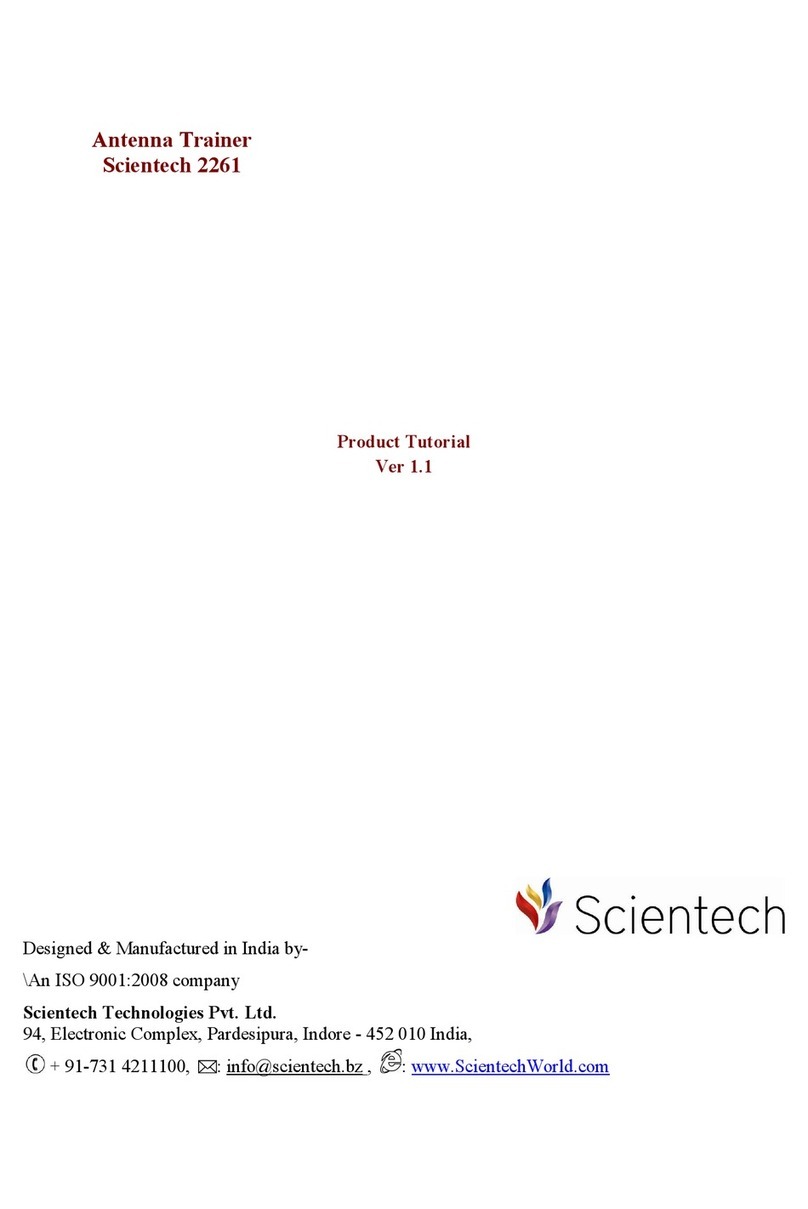
www.horizoneducational.com | support@horizoneducational.com
6
Prepare Arduino and fuel cell control shield:
1. Ifyou do not yet have the Arduino Environment and drivers installed on
your computer, follow these instructions, relating to your operating system
(http://arduino.cc/en/Guide/HomePage).
2. Before proceeding make sure you can open anexample Arduino sketch (e.g.
blink), compile it and upload. Ifso, you can proceed towork.
3. Plug the fuel cell control shield into the Arduino Uno taking care that all the
pins onthe underside ofthe shield slot into the holes in the Arduino Uno
stackable header.
4. Connect your Arduino to your computer using the USB cable.
5. Download the version 2.0 of the FCDK-30Arduino library from the USB flash
drive.
6. Launch the Arduino Environment software on your computer.
7. In the "Tools" menu check thatyou have the correct Board selected (Arduino
Uno) and the correct Serial Port.
8. Open the file in the Arduino Environment: "File", "Open", "FCDK_V2_ARDUINO.ino". Please note that for correct operation of the
software all three of the files "FCDK_V2_ARDUINO.ino", "second_v2.h" and "TimerOne.h" must be in the same folder called
"FCDK_V2_ARDUINO".
9. If required, change the set values for the purge duration and the purge delay, as well as the fan speed.
10. Click the "Check/Compile" button to check and compile the software.
11. Click the "Upload" button to upload the software to the Arduino.
12. Open the Serial Monitor from the Tools menu in the Arduino Environment.
13. Check that the baud rate (bottom-right of the window) is set at 9600. You should see text appear in the Serial Monitor window
to indicate that the software is running.
Notice. You can calibrate thecurrent yourself. The calibration procedure is described in thefile "second_v2.h".
Notice. The assembled system can bedisconnected from the personal computer. Inthis case you will not beable toobserve the
performances ofthe FCS, but it will continue towork in the established mode.
Connect HYDROSTIK PROand an electrical load:
1. Ensure the plastic clip onthe tube between the regulator and the inlet valve is closed.
2. Screw the HYDROSTIK PROintothe regulator.
3. Ensure the stack is mounted or positioned so that the vents on both sides are open to air.
4. Open the clip on the tube to allow hydrogen to flow into the fuel cell stack. The fan on the fuel cell should start spinning.
Notice. If the FCS does not start and the interval between the purges is large, it is necessary to manually purge the hydrogen input,
since after the assembling of the scheme the FCS could have been filled with air, which prevents the flow of hydrogen to the anodes
of the FCS. To do this temporarily disconnect the silicone tube from the purge valve and immediately put it back on.
Notice.The HYDROSTIK PRO is cooled in the process of work – the intensity of cooling and, therefore, the temperature of the
hydrogen storage depends on a number of factors, including hydrogen consumption and the ambient temperature.
5. Connect two wires from an electrical load to the terminals on the Arduino shield labeled "FCS OUT –" и"FCS OUT +", observing
the polarity.
6. When you wish to turn off the system, first disconnect your load from the terminal on the Arduino shield labeled "FCS OUT +".
7. Close the clip onthe hydrogen supply tube tostop the flow ofhydrogen.
8. Wait for the fan to turn off.
Care should betaken not to overload the stack. Ensure that the maximum
current drawn by your equipment cannot exceed 5 A
(the voltage on the FCS should not fall below 6.5 V).
